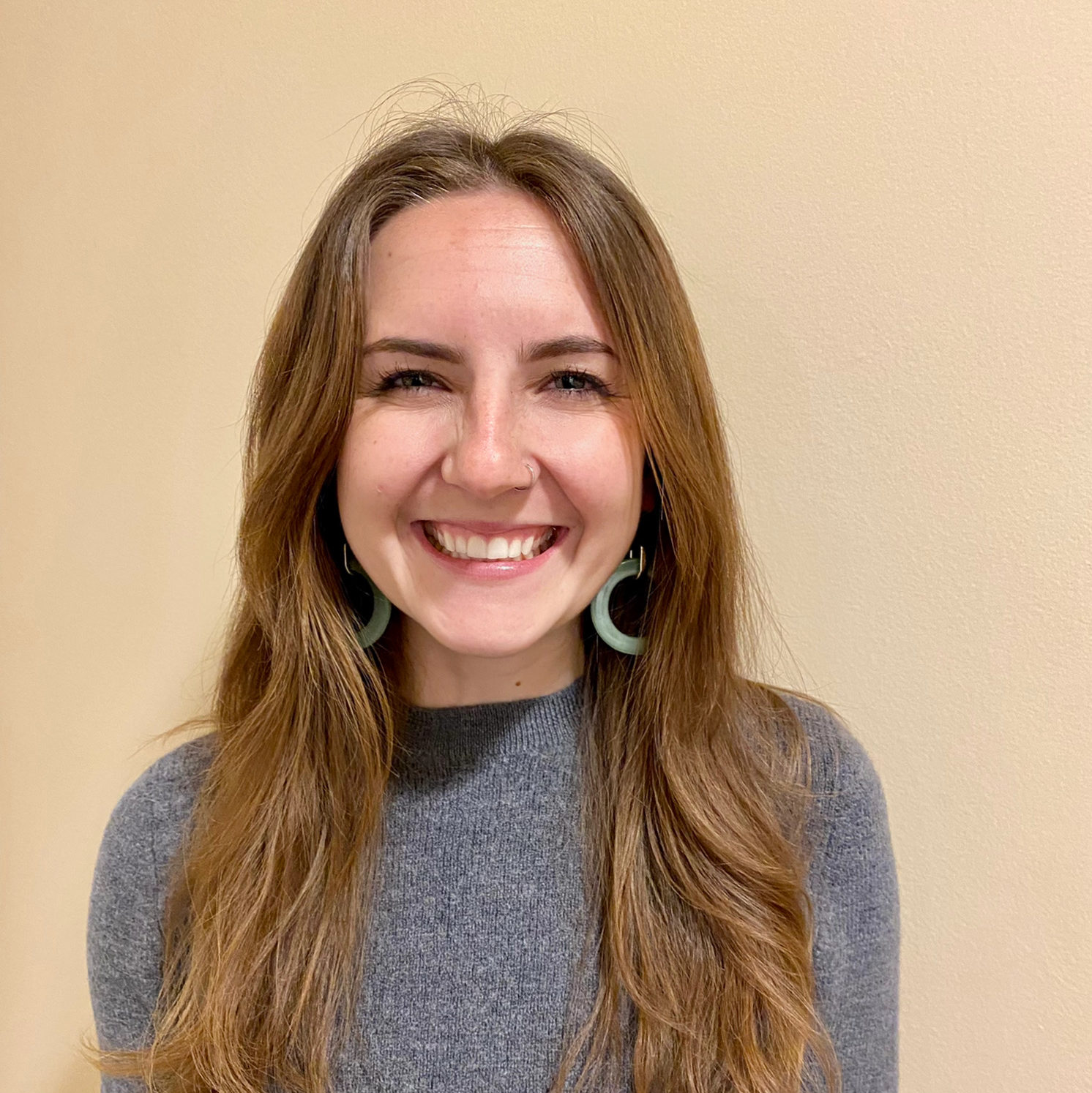When Congress passed the 1997 Adoption and Safe Families Act (ASFA), it was heralded as a bipartisan success. President Clinton referred to the new policy as equipped to “improve the well-being of hundreds of thousands of our most vulnerable children…[and] help families stay together where reunification is possible.” Unfortunately, however, the law has produced unforeseen long-term effects contrary to its intended outcome. One key part, Section 103, terminates parental rights when a child has been in foster care for 15 of the previous 22 months, paving the way for the separation of thousands of children from their incarcerated parents — an act hidden behind a false notion of safety.
The development of the American prison-industrial complex has led to a 700% increase in the prison population since 1970. This rapid, exponential growth has not only impacted those imprisoned but has had a ripple effect on their families — most notably their children. 50% of men and 67% of women in prisons are parents of children under the age of 18. Mandatory minimum sentences are typically longer than 15 months, consequently placing incarcerated parents in a precarious custody situation under the ASFA. In addition, most people in prison lived below the poverty line before their conviction, making it incredibly difficult to acquire adequate legal representation when faced with the potential termination of their parental rights. Access to a qualified attorney requires funding, and others may face tumultuous household situations that prevent extended family members from obtaining temporary custody of their children.
While familial separation impacts both mothers and fathers, the termination of parental rights is a systemic attack, particularly on low-income mothers, with women of color affected at significantly higher rates. 84% of incarcerated women are in prison for nonviolent crimes. Women are traditionally the family’s primary caregivers; children are five times more likely to end up in foster care following their mother’s incarceration than after their father’s incarceration. Moreover, women in the correctional system almost always have one thing in common: a long history of abuse. Rather than continue the cycle of victimization, the U.S. has the means to engage stakeholders and provide funding and resources to combat intimate partner violence, thereby creating qualified, resourced parents in the future.
Over 32,000 incarcerated parents have lost the right to parent their own children based on the ASFA alone since 2006. None of these 32,000 parents had a history as perpetrators of abuse. This intentional elimination of parental rights is in direct violation of both the Fourteenth Amendment to the U.S. Constitution, which gives parents the fundamental right to direct the upbringing of their children, and the U.N. Convention on the Right of the Child, which establishes in Article 9, Section 3 that children have the right to maintain “direct contact with both parents on a regular basis.”
Moreover, cutting family ties is traumatizing, and splitting families directly affects children’s mental health. Unless facing an abusive situation, it is in the child’s best interest to maintain a relationship with their parent(s). Contact during incarceration reminds both children and their parents that they are not alone. This contact better prepares both children and parents for reunification, which enables the healthy development of adults and children, strengthens sibling relationships, and lessens the likelihood of recidivism.
In the United States, the choice to prioritize financial support to foster and adoptive families while denying resources to low-income families is deplorable. Under the ASFA, the federal government currently provides a financial bonus to states facilitating adoption out of the foster system. Rather than incentivizing the revocation of parental rights, these funds should be used to empower families and build equitable communities. Comparably, University of Pennsylvania professor Dorothy E. Roberts asserts, “the just thing to do as a society…would be to better support these families with affordable housing, food assistance, drug treatment and childcare, including in prisons.” There are cases where children should be removed from unsafe or abusive homes and given the opportunity to join an adoptive family, but again, the ASFA disproportionately targets low-income families who were given insufficient tools. Given those tools, their potential is limitless.
International law has also done little to address the concept of parental rights. While the Convention on the Rights of the Child began to look at children’s power, the right to parent is protected only under the right to privacy, outlined in Article 12 of the Universal Declaration of Human Rights. There is no treaty or precedent related to what situations constitute the just termination of parental rights. Therefore, the international community must prioritize a comprehensive treaty or document to establish (a) the rights of the family and (b) standards for involuntary family separation laws. And to be clear: current norms place the bar on the floor. The law must set a standard of objective justification for the termination of parental rights beyond the subjective best interests of the child.
To claim care for children includes claiming care for their parents. It is impossible to support one without the other. As Allison Durkin of Yale Law School argued, “many parents are losing their parental rights not because they harmed their children but because of the length of their incarceration.” Preservation of family bonds should be of the utmost importance to domestic lawmakers, organizers, parents, and the international community. The law should not limit parental rights to the wealthy and well-resourced. Above all else, at the very least, the termination of child custody must not be permanent and irreversible.



0 Comments